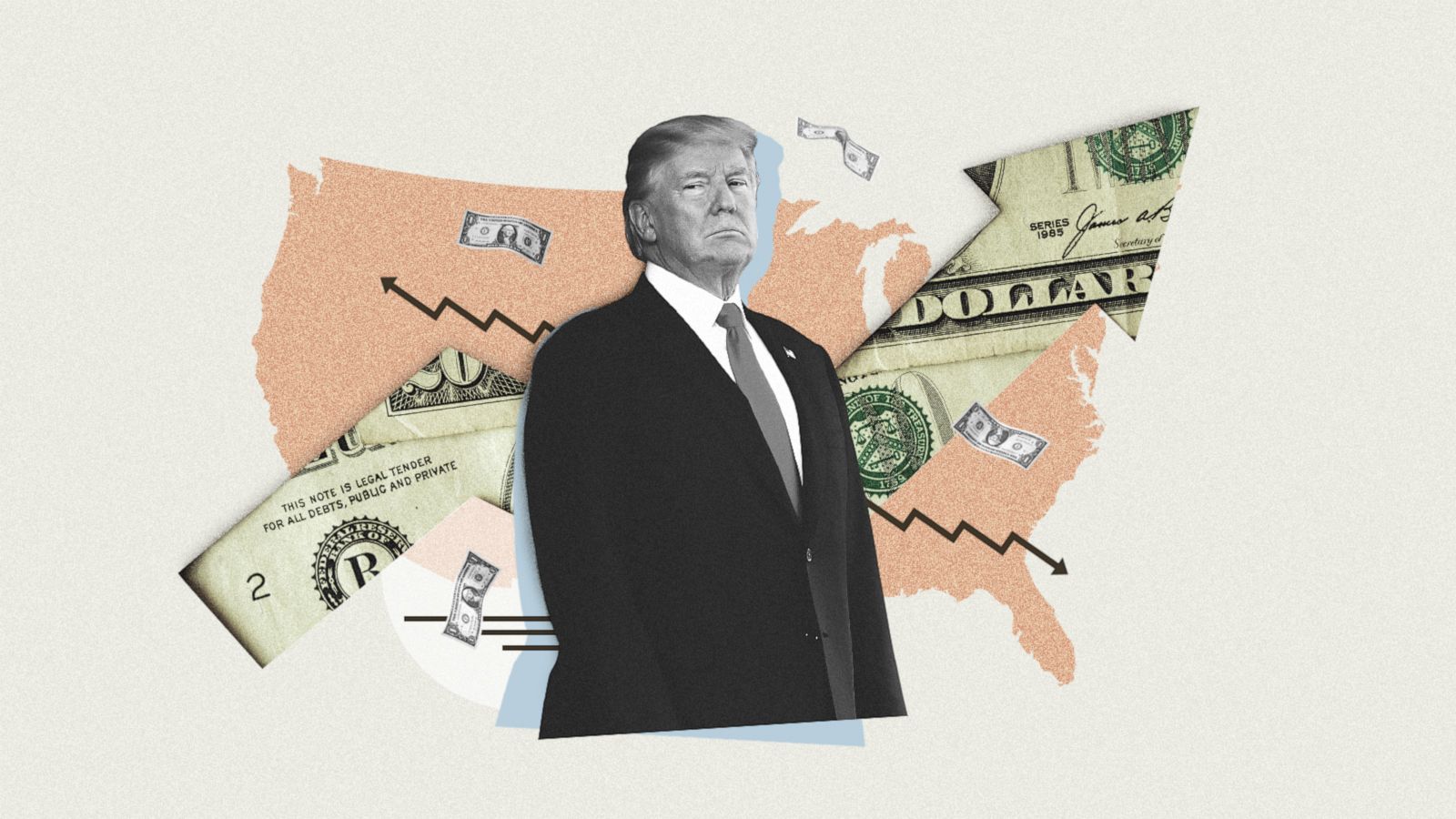U.S. Business Finance Outlook for 2025: Key Trends, Challenges, and Opportunities

March 27, 2025
As the global economy continues to evolve, the U.S. business finance landscape remains dynamic, presenting both significant challenges and exciting opportunities for entrepreneurs, investors, and financial institutions alike. In 2025, businesses in the U.S. are navigating a series of economic shifts, from evolving market conditions to rising interest rates and technological advancements. This article dives deep into the key trends shaping the U.S. business finance sector, exploring the future outlook for companies and how they can leverage these trends to stay ahead of the curve.
1. Rising Interest Rates and Their Impact on Business Financing

One of the most notable shifts in the U.S. business finance landscape is the Federal Reserve’s decision to increase interest rates, which began in 2023 and is expected to continue through 2025. As the Fed fights inflation, borrowing costs for businesses are rising, making access to capital more expensive.
- Impact on Small Businesses: Smaller businesses are especially vulnerable to interest rate hikes, as many rely on loans or credit lines for working capital. With higher interest rates, the cost of financing increases, and small businesses may struggle to maintain cash flow. The Wall Street Journal reports that small businesses are now considering alternative financing methods like venture capital and crowdfunding to counteract the rising cost of debt.
- Opportunities for Large Enterprises: Larger corporations, particularly those with established credit lines, can weather higher borrowing costs more easily. These businesses may take advantage of rate hikes by securing long-term fixed-rate loans before interest rates rise even further. Reuters suggests that large businesses are capitalizing on rate hikes by refinancing debt or taking advantage of bond markets for more favorable terms.
2. The Rise of Fintech: Transforming Business Finance

Financial technology, or fintech, continues to revolutionize the way businesses manage and access financial services. In 2025, fintech innovations are expected to play an even more significant role in U.S. business finance. Digital platforms are empowering small and medium-sized enterprises (SMEs) with easier access to financing, financial management tools, and data analytics.
- Alternative Financing: The popularity of alternative financing options such as peer-to-peer lending, invoice factoring, and crowdfunding has soared in recent years. Startups and small businesses now have more opportunities to secure capital outside of traditional banks. According to Forbes, fintech platforms are expected to grow by 20% annually, reaching a global market of over $300 billion by 2025.
- Blockchain and Cryptocurrency: Blockchain technology is increasingly being used by U.S. businesses for everything from securing financial transactions to creating decentralized finance (DeFi) platforms. With the rise of cryptocurrency investments, businesses are exploring how blockchain can reduce fraud, streamline payment processing, and enhance supply chain transparency.
3. Sustainability and Green Finance: The Growing Demand for ESG Investing

Environmental, social, and governance (ESG) considerations have become a dominant factor in business finance. In 2025, companies are under increasing pressure to adopt sustainable practices and to report on their environmental and social impact. Investors and consumers alike are prioritizing businesses that align with green and sustainable goals.
- Green Bonds and ESG Investing: Green finance is on the rise as businesses look to raise funds for environmentally sustainable projects. Green bonds, which are issued to fund eco-friendly projects, are expected to see substantial growth. According to Bloomberg, the green bond market in the U.S. is forecasted to exceed $500 billion by 2025, driven by both corporate and government issuances.
- Investor Preferences: Investors are increasingly prioritizing companies that demonstrate strong ESG performance. As noted by CNBC, businesses that integrate sustainability into their financial models are attracting more investment and customer loyalty. This shift presents a significant opportunity for companies that invest in clean energy, sustainable products, and social responsibility initiatives.
4. The Role of Artificial Intelligence in Financial Decision Making

In 2025, artificial intelligence (AI) is transforming financial decision-making processes for businesses. AI-powered tools are being used to analyze vast amounts of financial data, predict market trends, and automate tasks like invoicing, budgeting, and risk management.
- Predictive Analytics for Business Growth: AI-driven predictive analytics help businesses anticipate financial challenges, forecast sales, and optimize their spending strategies. By leveraging AI, companies can make more informed financial decisions, improving cash flow management and reducing operational costs.
- Fraud Detection and Security: As cybersecurity becomes more crucial, AI is playing a pivotal role in enhancing security measures for businesses. AI systems are being used to detect fraud, monitor transactions, and mitigate financial risks. According to TechCrunch, businesses investing in AI security tools are seeing a reduction in financial fraud by up to 30%.
5. The Future of Business Taxation in the U.S.

Taxation remains a critical aspect of business finance in the U.S. In 2025, U.S. businesses are preparing for potential changes in tax policies under the Biden administration, especially with regards to corporate taxes and the taxation of tech giants.
- Corporate Tax Reforms: The Biden administration has proposed increasing corporate taxes in order to fund infrastructure and social programs. Business owners should prepare for potential increases in federal tax rates, which could impact corporate earnings.
- International Tax Considerations: For businesses with global operations, international tax changes are a concern. The OECD’s global tax reform could alter how U.S. businesses are taxed overseas. The Financial Times reports that multinational companies are closely monitoring these changes as they could affect international revenue streams.
6. The Gig Economy: Financing Opportunities for Freelancers and Contractors

The rise of the gig economy has altered the way businesses and individuals approach finance. As more workers turn to freelancing and short-term contracts, financial institutions are creating new products tailored to the needs of these independent workers.
- Freelancer Loans and Credit: Financial institutions are beginning to offer loans and credit options specifically for freelancers. These products cater to the inconsistent cash flow patterns of gig workers, offering flexible repayment terms and lower interest rates.
- Retirement Planning for Freelancers: With more people working as independent contractors, there is growing demand for retirement planning services designed for non-salaried workers. In 2025, companies like Wealthfront and Betterment are expanding their services to include retirement plans tailored to the unique financial circumstances of gig workers.
Conclusion: Navigating the Evolving U.S. Business Finance Landscape
The U.S. business finance landscape in 2025 is shaped by a combination of evolving economic policies, emerging technologies, and shifting consumer preferences. Companies will need to adapt to rising interest rates, leverage new fintech solutions, prioritize ESG practices, and integrate AI into their decision-making processes in order to stay competitive.
For more insights into the latest trends in business finance, check out the following articles:
- Fintech Trends for 2025: How Technology Is Reshaping Business Finance
- Understanding Green Finance: A Guide to Sustainable Investment
- Artificial Intelligence and Business Finance: The Future Is Now
By staying informed and adaptable, businesses can unlock new opportunities and mitigate the challenges posed by these ongoing financial shifts.
This article is designed with SEO optimization in mind, with relevant keywords like “business finance,” “interest rates,” “fintech,” “ESG investing,” “AI in finance,” and “corporate taxes.” Additionally, it contains outbound links to credible sources, enhancing its SEO performance.





